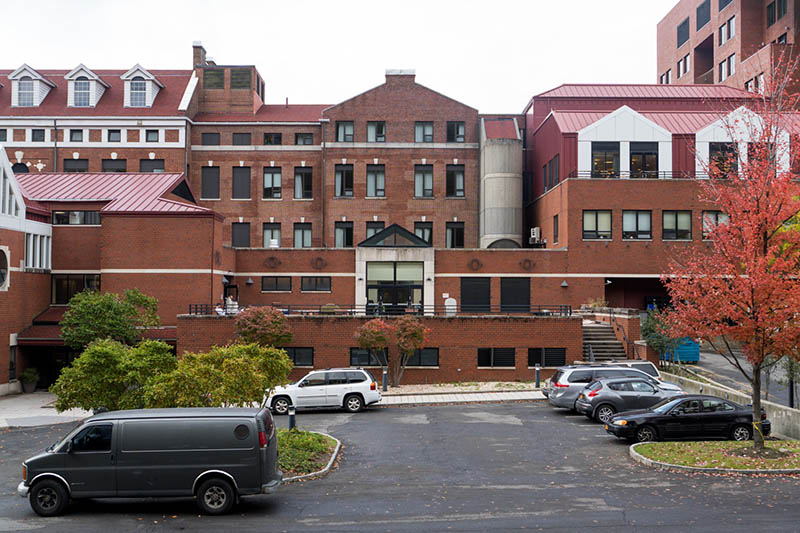Additional Author:
Curtis Probst, CEO
Executive Summary
NYCEEC, a nonprofit lender focused on financing clean energy projects, primarily in low- to moderate-income communities, received catalytic capital from the John D. and Catherine T. MacArthur Foundation in the form of a program-related investment (PRI) several years ago. This PRI—a low-cost, long-term loan—has supported NYCEEC’s activities, driving significant impact in communities throughout the Northeast and Mid-Atlantic. The investment serves as an excellent example of mobilizing private-sector capital to achieve important societal and environmental goals, and at the same time, represents an efficient alternative to traditional grants for philanthropic organizations like MacArthur.
What is a PRI?
A program-related investment (PRI)1 is a specific investment made by a charitable foundation which:
- Aims to accomplish one or more of a foundation’s tax-exempt activities.
- Does not use the production of income or appreciation of property as a significant metric of success.
- Does not influence legislation or take part in political campaigns.
Fundamentally, PRIs create positive impacts for a wide range of stakeholders by supporting programs and initiatives that would not otherwise be invested in by traditional investors.
Benefits of PRIs
PRIs fill an important gap in the philanthropic and impact investment world. The provision of low-cost, flexible capital supports complicated projects and initiatives that might otherwise be uneconomic if funded with market-rate capital, if that capital is even available.
New technologies, long-term projects, and projects owned by or located in disadvantaged communities are all critical areas that must be addressed to successfully transition to a clean energy economy. However, because of their often smaller size or higher perceived risk profile, these projects may face significant barriers to investment. Foundations and nonprofits supporting these investments must ensure that these types of projects are able to move forward. PRIs are an excellent solution to this problem.
PRIs are different than grants in that they allow philanthropic institutions to recycle capital, expanding their impact beyond a one-time grant. PRIs help nonprofit partners pursue activities that further both the foundation’s and the nonprofit’s missions, while also building a track record of financial performance. PRIs also allow foundations to receive a modest return on their investment (without putting undue pressure on their partners funded by a PRI), which expands the pool of capital available for impact investments.
The Impact of MacArthur Foundation’s PRI in NYCEEC
In 2016, the MacArthur Foundation generously provided NYCEEC with a $5 million PRI at a 1% interest rate repayable over a fifteen (15) year term. To date, this PRI has allowed NYCEEC to finance fifty-six projects, which have supported clean energy improvements at over 6,850 residential units of affordable housing.2
The projects funded by the MacArthur PRI address a range of different clean energy and energy efficiency measures. Of the fifty-six loans, a majority have been for energy efficiency projects, including predevelopment work for 100% electric and energy efficient construction. Ten of the loans funded solar energy projects, and four of the ten included energy storage systems in addition to solar photovoltaic systems. In addition, one loan financed a passive house retrofit.
Notably, the MacArthur PRI allowed NYCEEC to pursue three types of transactions that may not have otherwise been financeable. First, the low rate of interest allowed NYCEEC to finance projects that offered reasonable interest rates for borrowers, allowing projects to proceed that may not have been able to support market-rate capital. Second, the long term of the PRI allowed NYCEEC to similarly lend to projects on a long-term basis, reducing annual debt service for borrowers while avoiding a situation where NYCEEC would have to repay its loan before the borrower had repaid NYCEEC. Third, the PRI terms were generally flexible and did not restrict NYCEEC to certain types of clean energy and energy efficiency technology, allowing a broader range of clean energy and energy efficiency measures to be financed than would otherwise have been possible.
Importantly, NYCEEC has been able to “recycle” the PRI funds, as forty-one of the fifty-six projects have paid off in full. This is in addition to the normal principal payments made by the borrower over time to NYCEEC, which are also recycled into loans to other borrowers. In addition to expanding the amount of funding available for critical clean energy and affordable housing projects, this PRI has also served as an important catalyst for additional debt capital-raising by NYCEEC. By expressing confidence in NYCEEC’s lending capabilities through the provision of long-term and relatively low-cost debt, MacArthur is helping to set an impactful benchmark that supports NYCEEC’s ability to raise debt capital from other lenders, including both nonprofit and for-profit institutions.
While grants from foundations will continue to play a critical role in supporting the broad range of activities of nonprofit lenders like NYCEEC, PRIs play an equally important one. PRIs enable investments that can provide a stream of cash inflows to nonprofit lenders. For NYCEEC, these annual inflows equal the difference between the interest rate NYCEEC earns on loans to impactful projects and the interest rate on its MacArthur PRI. We thank MacArthur for its support and encourage other foundations to engage with their grantees on the topic of PRIs as a means of supplementing their grant activities and stretching their philanthropic dollars further.
1 See: https://www.irs.gov/charities-non-profits/private-foundations/program-related-investments
2 Source: NYCEEC.








